A Discovery Beneath the Ashes
In February 2021, archaeologists working in the ancient ruins of Pompeii made a discovery that instantly captured the world’s imagination: a ceremonial Roman chariot, preserved in extraordinary detail beneath the volcanic blanket left by Mount Vesuvius nearly 2,000 years ago.
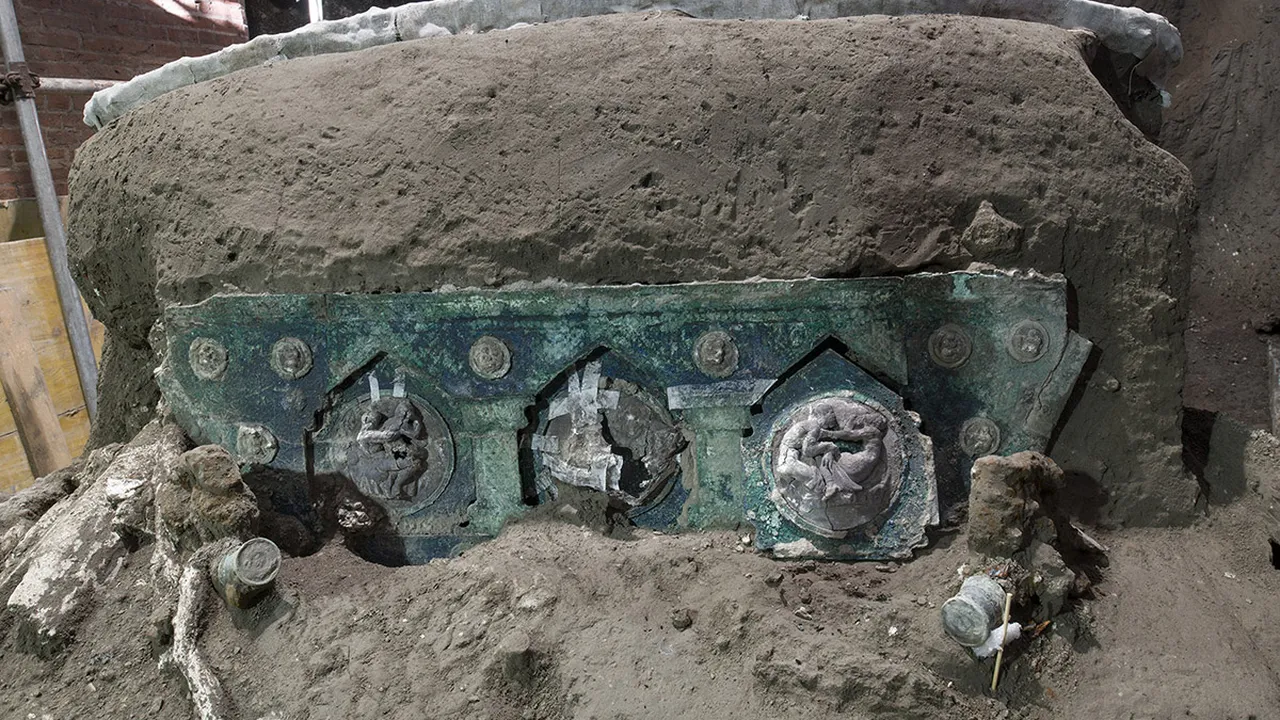
Unlike the utilitarian carts used for transporting goods or the everyday wagons that carried people across Roman roads, this chariot was different. It was a symbol of status and prestige, decorated with ornate bronze panels, delicate iron components, and even traces of ropes and floral designs. Four wheels remained intact, revealing the remarkable craftsmanship of Roman engineering and artistry.
The moment it was unearthed, experts likened it to the “Lamborghini of the ancient world.” Much like today’s luxury sports cars, it was not designed for practical use but to impress, dazzle, and convey power.
Pompeii: A City Frozen in Time
To understand why this find is so significant, it helps to revisit the story of Pompeii itself. In 79 AD, Mount Vesuvius erupted with catastrophic force, burying the bustling Roman city under several meters of volcanic ash and pumice. In an instant, everyday life came to a standstill.
While the tragedy was devastating, the ash acted like a natural time capsule. Homes, artwork, food, and even people were preserved in haunting detail, giving modern archaeologists an unprecedented window into Roman life. The discovery of this ceremonial chariot adds yet another layer to our understanding of how Romans lived, celebrated, and displayed their wealth.
The Chariot’s Role in Roman Society

This was no ordinary vehicle. Based on its elaborate decoration and construction, archaeologists believe the chariot was used in parades, public ceremonies, and possibly elite weddings. Its design suggests it was meant to be seen rather than used for work or battle.
Chariots played a prominent role in Roman culture. There were racing chariots at the Circus Maximus, military chariots that symbolized victory in triumphal processions, and ceremonial chariots that reflected social rank.
The Pompeii chariot falls into the last category: a vehicle of spectacle and symbolism. To ride in such a carriage was to broadcast wealth, authority, and belonging to Rome’s upper echelons.
A Rare Preservation of Detail
One of the most remarkable aspects of this discovery is the survival of delicate materials. Typically, organic substances like ropes, wood, and decorative motifs decay over centuries. But here, preserved by layers of volcanic ash, researchers found traces of woodwork, floral decorations, and even remnants of harness ropes.
These details allow experts to reconstruct not only the chariot’s appearance but also the broader rituals associated with it. They provide a rare glimpse into the artistry of Roman craftsmen, who combined metalwork and organic materials into objects of both beauty and status.
The Luxury Vehicles of Ancient Rome
The comparison to a “Lamborghini” is not simply playful—it is surprisingly accurate. Just as modern society admires sleek cars with custom paint, chrome finishes, and intricate designs, the Romans too had their version of high-status vehicles.
Aristocrats and the wealthy elite often commissioned chariots adorned with bronze and silver inlays, precious stones, and detailed carvings. These embellishments transformed the chariot from a means of transport into a moving piece of art, designed to turn heads and impress crowds.
The Pompeii chariot’s bronze panels feature intricate scenes, possibly depicting mythological or ceremonial imagery, further highlighting its cultural significance.
Power, Prestige, and Public Display
Roman society placed immense value on public display. Whether through architecture, clothing, or transportation, the elite constantly sought ways to demonstrate their influence. Riding in an ornate chariot during a festival or wedding procession would have been a bold statement of wealth and power.
For the Romans, status symbols were not simply luxuries—they were essential tools in maintaining social order and hierarchy. The chariot embodies this concept perfectly: it was less about where it could take you, and more about how it made others see you.
The Archaeological Effort
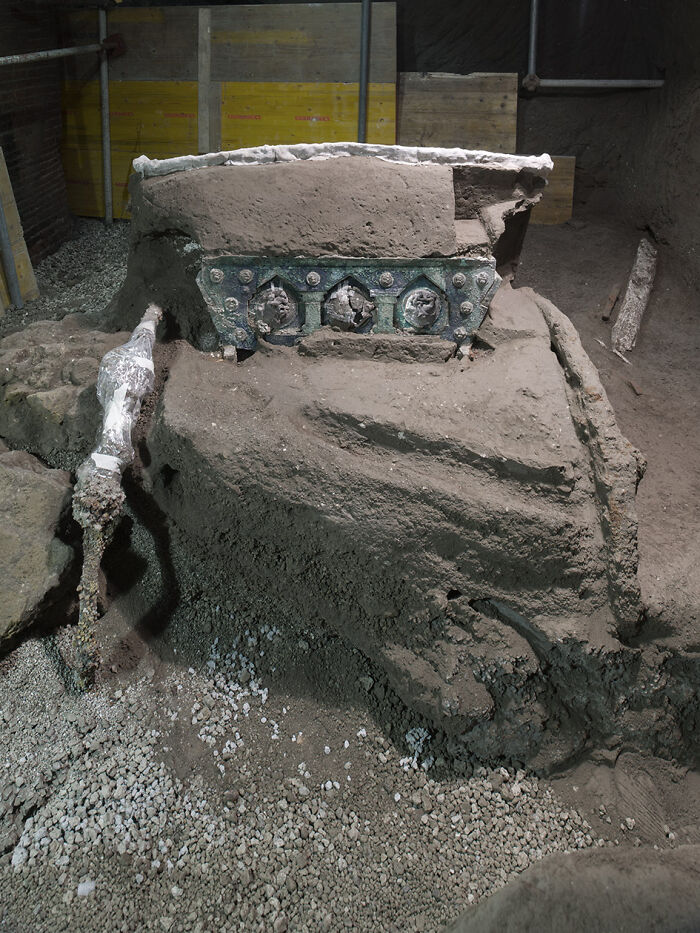
The excavation of the chariot took place near the suburban villa of Civita Giuliana, just outside the walls of Pompeii. Archaeologists worked carefully for months, using modern techniques such as micro-excavation and laser scanning to preserve even the smallest details.
The discovery came after years of ongoing projects aimed at protecting the site from looting and environmental damage. Illegal tunnels had previously threatened the area, making the find not only a triumph of archaeology but also of preservation and protection.
Lessons From the Find
What makes this discovery particularly meaningful is the way it connects past and present. The Pompeii chariot reminds us that status symbols transcend time and culture. Just as luxury cars, designer clothing, and high-end technology define prestige today, ceremonial chariots defined it in the Roman world.
It also underscores the importance of archaeological preservation. Without the protective cover of volcanic ash, such fragile artifacts would never have survived. And without modern conservation efforts, even preserved treasures risk being lost to time or theft.
Pompeii’s Ongoing Secrets
This is not the first stunning find from Pompeii, and it will not be the last. Archaeologists continue to uncover frescoes, jewelry, household items, and even complete dining rooms frozen in time. Each discovery adds depth to our understanding of daily life in ancient Rome, from the mundane routines of ordinary citizens to the extravagant lifestyles of the wealthy.
The ceremonial chariot is particularly special because it ties together themes of engineering, art, and culture, offering a snapshot of Rome’s obsession with grandeur.
A Bridge Between Worlds
When we look at the chariot today—its iron components gleaming, its bronze panels telling stories, its structure remarkably intact—we are transported back nearly two millennia. We can imagine the sound of hooves, the cheers of crowds, and the proud display of Roman nobility.
It is a bridge between our modern fascination with luxury and the timeless human desire to stand out, to be noticed, and to celebrate wealth through symbols of speed, style, and design.
Conclusion: The Roman Lamborghini
The ceremonial chariot uncovered at Pompeii is more than an archaeological marvel. It is a reminder that the language of status is universal and enduring. Whether in the form of a gilded chariot rolling through the streets of Pompeii or a sleek sports car gliding down a modern boulevard, humanity has always found ways to merge technology, art, and prestige.
Thanks to the tragedy of Vesuvius, the “Roman Lamborghini” has been preserved for us to marvel at today. It is not just a relic of the past, but a mirror reflecting the timelessness of human ambition, pride, and the desire to leave a lasting impression.
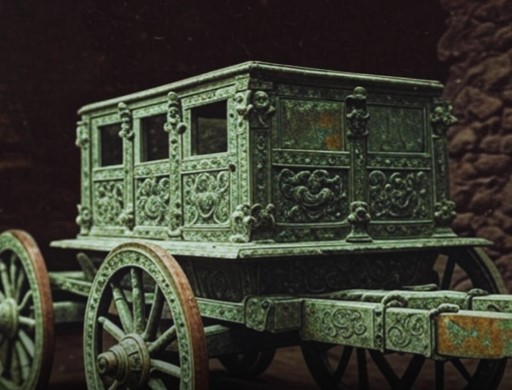
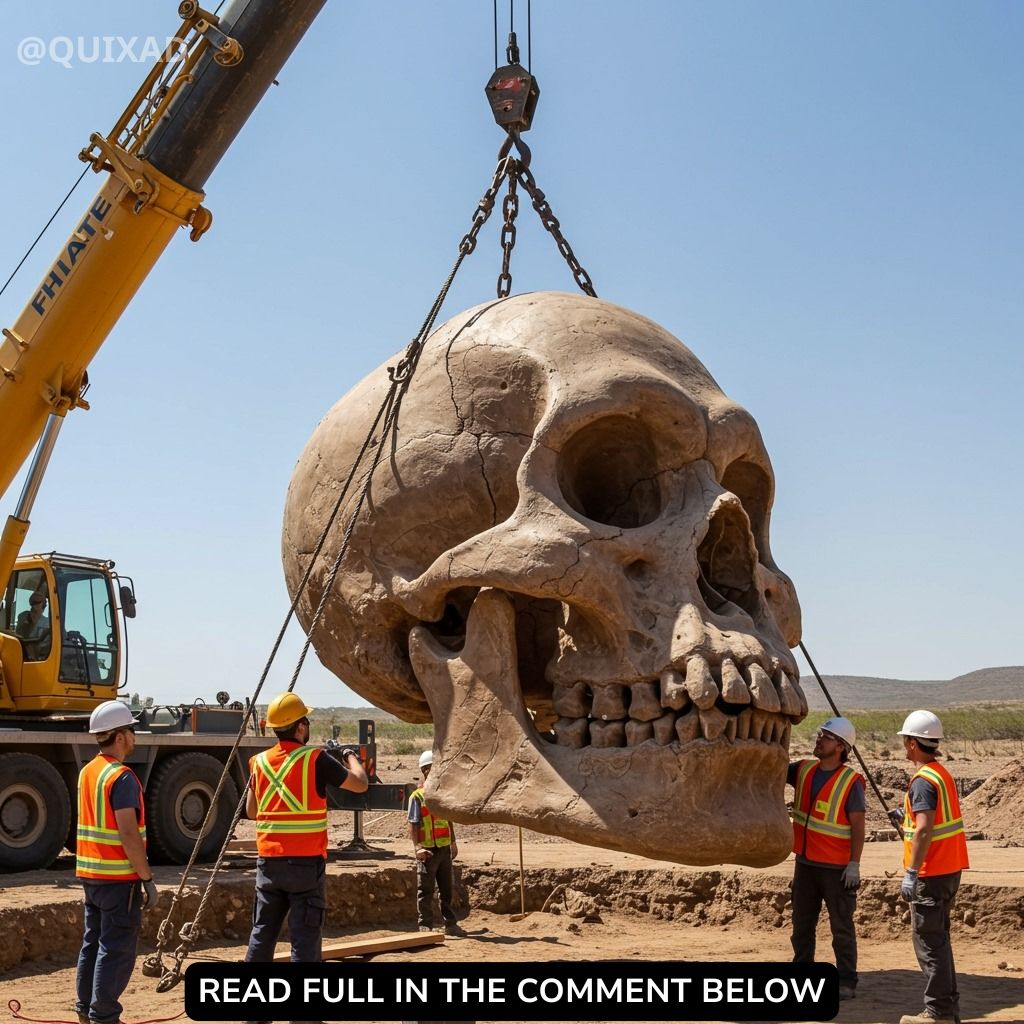
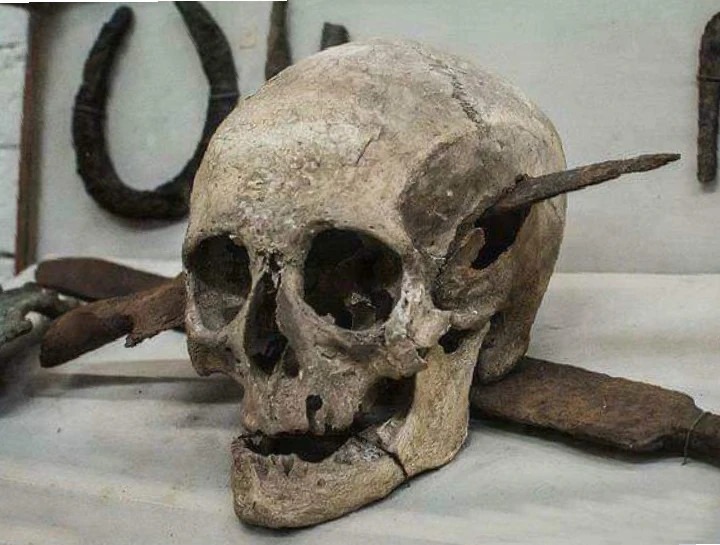
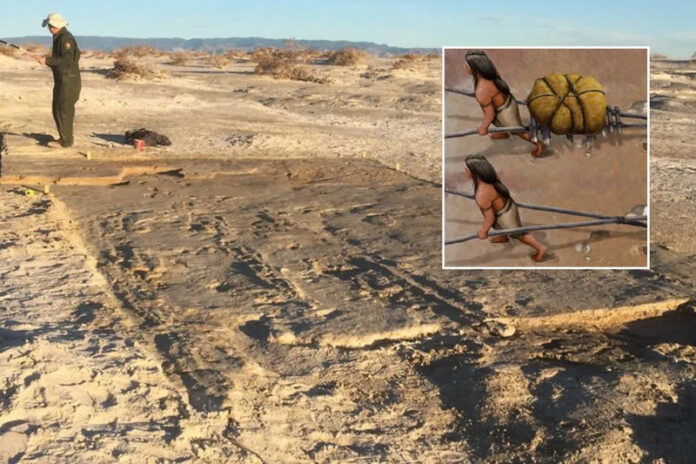
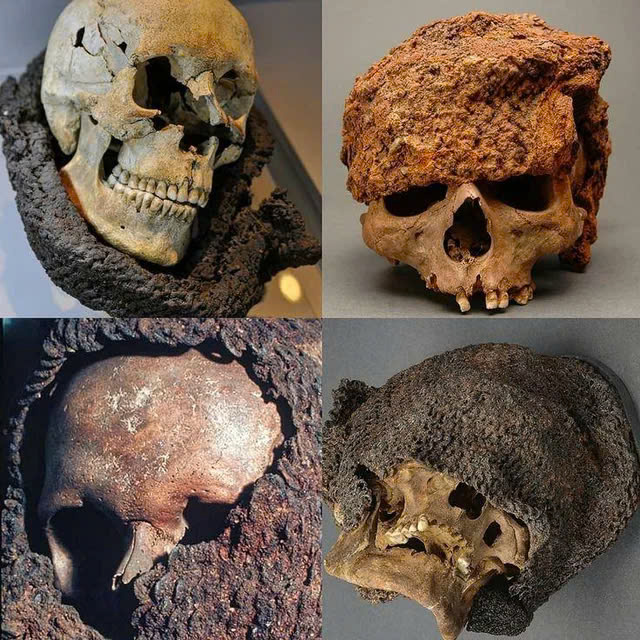
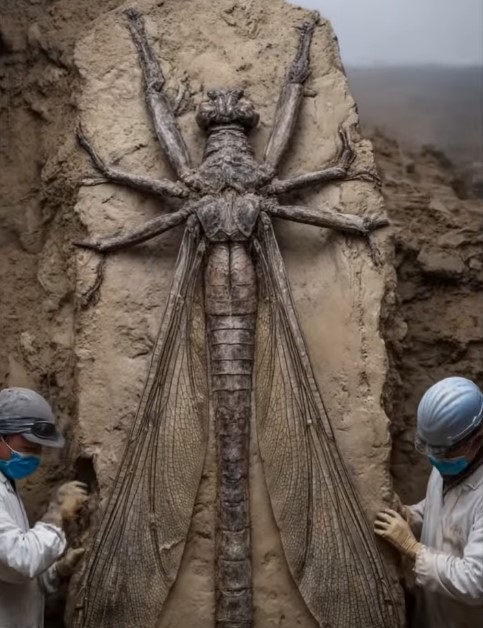
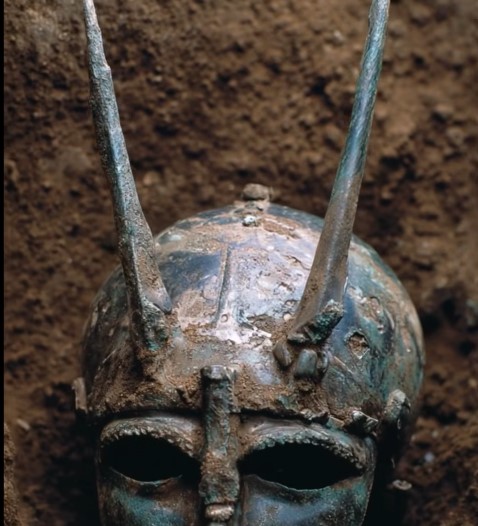
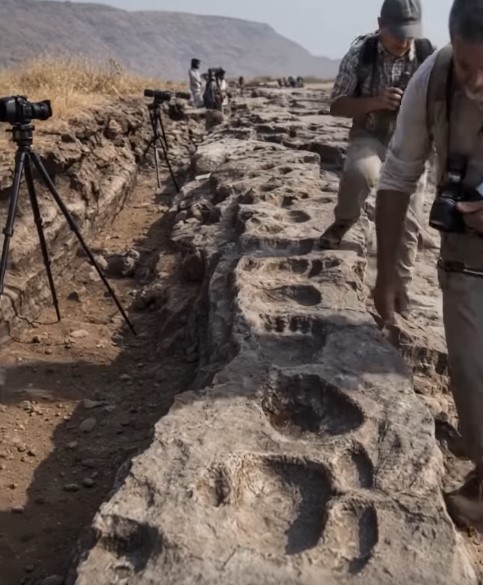
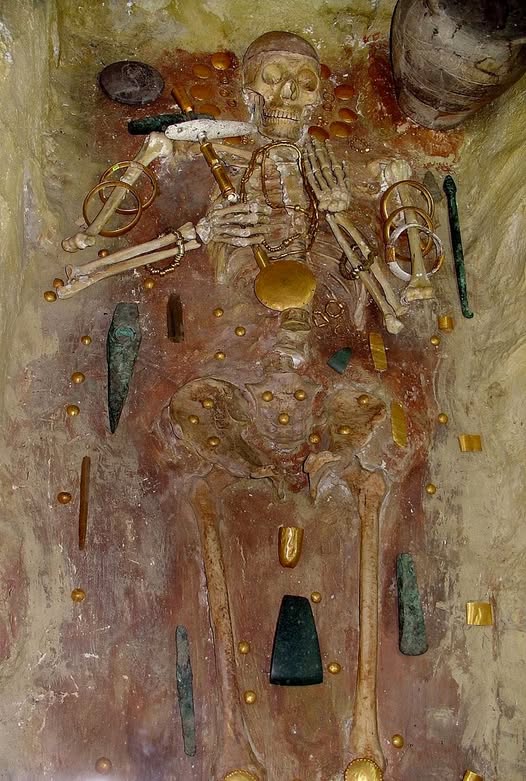



Leave a Reply